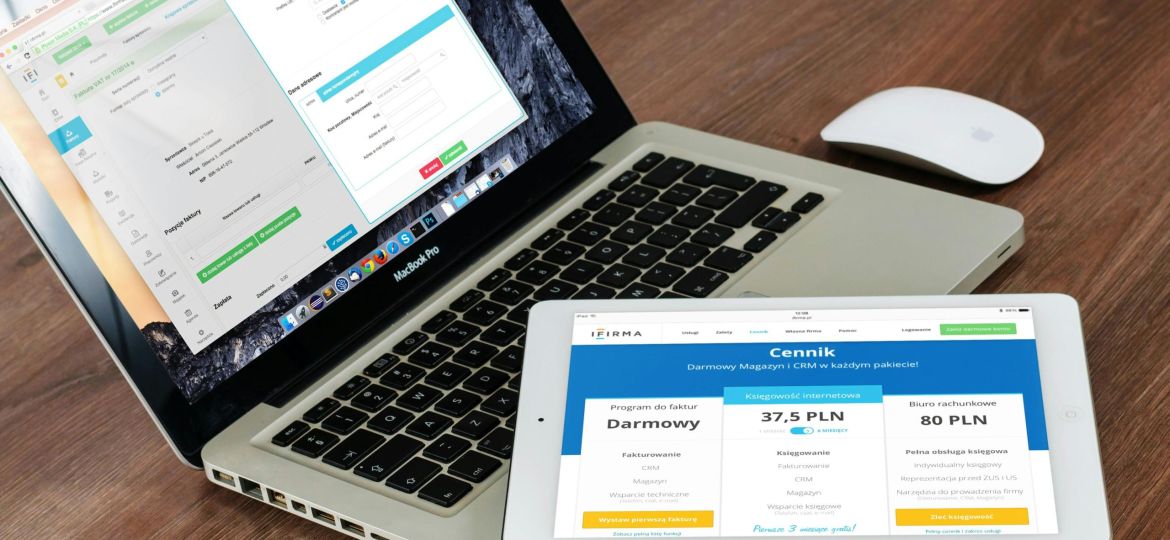What is E-commerce website-
E-commerce websites are online platforms that facilitate the buying and selling of goods and services over the internet. They provide a digital space for businesses and consumers to conduct transactions without the need for physical interaction.
Key Features of E-commerce Websites
- Product Catalog:
- A comprehensive listing of products or services with descriptions, prices, and images.
- Categories and filters to help users find products easily.
- Shopping Cart:
- Allows customers to select and save items they wish to purchase.
- Facilitates the process of adding, removing, and updating product quantities.
- Payment Gateway:
- Integrates secure payment methods such as credit/debit cards, PayPal, and other digital wallets.
- Ensures safe and encrypted transactions.
- User Accounts:
- Provides an option for customers to create accounts for faster checkouts, order tracking, and personalized experiences.
- Saves shipping addresses and payment information for future purchases.
- Order Management:
- Tracks orders from placement to delivery.
- Sends order confirmations and shipping notifications to customers.
- Search Functionality:
- Enables users to search for products using keywords or product codes.
- Often includes advanced search options and predictive text features.
- Customer Reviews and Ratings:
- Allows customers to leave feedback and rate products.
- Helps build trust and provides insights for other shoppers.
- Mobile Compatibility:
- Ensures the website is responsive and functions well on mobile devices.
- Often includes mobile apps for an enhanced shopping experience.
- Security Features:
- Implements SSL certificates to encrypt data.
- Adheres to PCI DSS standards for handling payment information.
- Marketing Tools:
- Includes features for promotions, discounts, and coupon codes.
- Integrates with email marketing, social media, and other digital marketing tools.
Types of E-commerce Websites
- Business to Consumer (B2C):
- The most common type, where businesses sell products or services directly to consumers.
- Examples: Amazon, eBay, Walmart.
- Business to Business (B2B):
- Businesses sell products or services to other businesses.
- Examples: Alibaba, ThomasNet, TradeKey.
- Consumer to Consumer (C2C):
- Consumers sell directly to other consumers, often facilitated by a third-party platform.
- Examples: eBay (individual sellers), Craigslist, Facebook Marketplace.
- Consumer to Business (C2B):
- Consumers sell products or services to businesses.
- Examples: Shutterstock (selling photos), Upwork (freelance services).
- Business to Government (B2G):
- Businesses provide products or services to government entities.
- Examples: Government procurement sites.
How to start an e-commerce wesites?
Step 1: Research aprofitable product.
Step 2: Find a reliable wholesaler or supplier.
Step 3: Create Your own e-commerce Store.
Step 4: List out your product on the e-commerce websites store.
Step 5: Register your business.
Step 6: Get a payment Gateways.
Step 7: Market your product to boost Sales.
Benefits of E-commerce Websites
- Convenience:
- Available 24/7, allowing customers to shop at any time.
- Eliminates geographical limitations.
- Broader Reach:
- Enables businesses to reach a global audience.
- Provides access to a larger customer base compared to traditional brick-and-mortar stores.
- Cost-Effective:
- Reduces overhead costs associated with physical stores.
- Often lower operational costs and fewer staff required.
- Personalization:
- Uses data analytics to provide personalized recommendations and targeted marketing.
- Enhances customer experience and increases customer loyalty.
- Scalability:
- Easier to scale the business by adding new products or entering new markets.
- Can handle increased demand more efficiently.
- Data and Analytics:
- Provides valuable insights into customer behavior, sales trends, and market demand.
- Helps in making informed business decisions.
- Competitive Advantage:
- Keeps businesses competitive by adopting modern retail strategies.
- Allows small businesses to compete with larger companies by leveraging digital tools.


How much does it cost to start an e-commerce websites
Starting an e-commerce business is offordable and anyone can do it but you hane to invest in some things like-
Domain Name: You have to take a domain name for your e-commerce business name for your e-commerce business which will be the name of your website. Its annual Cost is approximately Rs.600-Rs.900 per year.
If you want to run an e-commerce business only in India you can take a .in domain name, otherwise .com is the best.
Is e-commerce profitable in 2024?
E-commerce continues to be a profitable and rapidly growing sector in 2024. The profitability of e-commerce businesses is driven by several factors, including advancements in technology, changing consumer behaviors, and the increasing shift towards online shopping.
Here are some key reasons why e-commerce remains profitable in 2024:
1-Growing consumer Preference for online shopping.
2-Advance in Technology
3-Logistics and Supply Chain Improvement
4- Digital Marketing and Data Analytics
5-Global Market Reach
6-Consumer Trends
Is e-commerce good for small business?
Increase Your Reach and Revenue
This benefit alone is worth small firms setting up a location-independent ecommerce branch of their business. Add in the fact that operating online lets you stay open for business 24 hours a day and seven days a week, and your revenue could increase dramatically.




